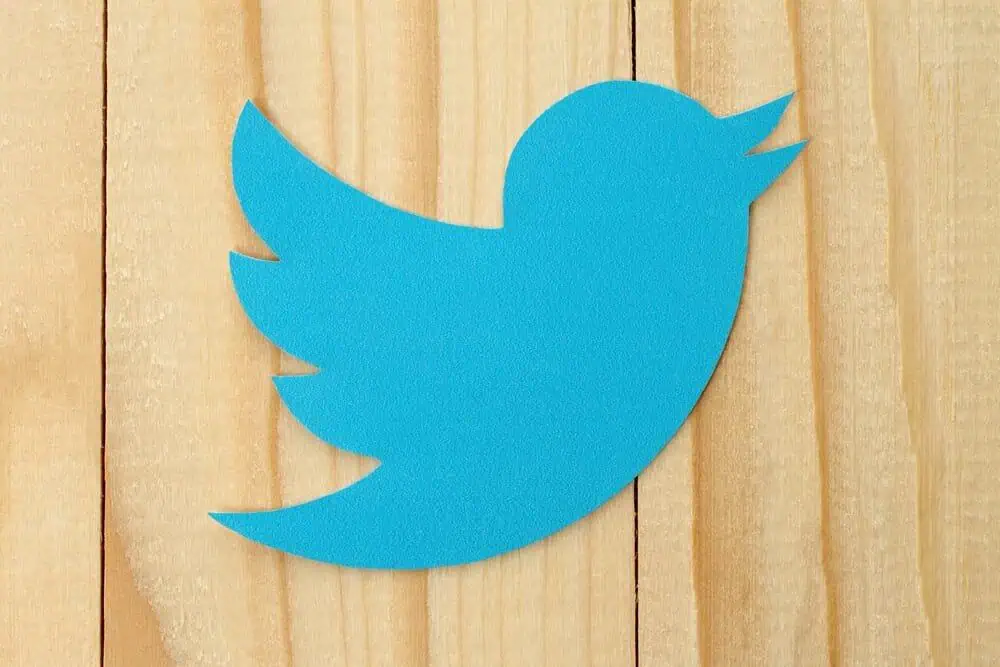Many small business owners are put off social media, simply because they do not know how to extract value for their business. So how do you do it?
If you’re a small business, social media is a golden opportunity to network with potential customers, partners or resellers, build awareness, gain followers who can spread that sought after “word of mouth” and generate leads that you can, hopefully, turn into paying customers, all in a very cost effective way – yes, that means free if you want it to be.
But, don’t let that put you off paying for professional advice and help though, especially if you have more money than time.
Let’s think about how relationships in the “real world” are forged. They generally start with an introduction and some small talk.
Wait! Small talk?
I’m thinking Twitter here.
Twitter is great for small talk and, by its very nature, it’s an environment where you can engage in “small talk” more easily. Shorter messages mean senders and recipients stay focused, there’s not much information overload and people are more open to make new contacts and get into new conversations. These conversations generally develop naturally around a topic which acts like a bridge between people. It’s all about discovering common interests and talking about them. Short messages mean people don’t necessarily take it as seriously as other media. That explains the openness. It’s small talk, after all.
Topics are key though. If you’re off-topic, people will treat your messages as traditional sales pitches or worse, as spam. Stay away from that.
Now small talk is great, but if you only talk about the weather, you won’t extract much value out of it. Talk about the topics related to your small business and the industry you operate in.
Discover what people are saying about the topics you’re interested in by using Twitter search feature and start the “small talk”.
Generic advice is good, but specific advice is easier to understand and easier to relate to. So let me tell you how I use twitter. This should give you some idea about how you can use it for your business too.
A bit of background is necessary at this point. I own Clevertim CRM, so I sell a cloud-based CRM app for small businesses. As such, I’m interested in topics like: CRM, contact management, leads, customer support, sales processes, etc.
Who needs help?
One thing I do is try to identify leads by searching for people asking questions about CRM or asking for recommendations for a CRM system.
So I search twitter for terms like “CRM recommend”, “suggest CRM”, “contact manager recommend”, etc. You’d be surprised how many people use Twitter to ask for recommendations for solutions to their problems. Identifying these people is great because they are already looking for solutions that you provide. They’re already pre-qualified; they have an itch that you might just be able to scratch.
If you provide local services, don’t forget to add your location to the search. You don’t necessarily want to travel to Canada for a plumbing job.
Next, I answer their questions, mentioning my own CRM application as a potential solution to their problems. Notice how I say “solution to problems” rather than products, services, features, cost, etc. People ask questions because they have problems. They’re looking for solutions, not for products, not for services.
When I answer the questions, I also point them to our website and that is effectively placing them at the top of my sales funnel. Some of them will not click on the link; some will click but will not take our demo on the first page and not check any more pages on our website. Some will take the demo but decide our hosted CRM software is not for them. Some will take the demo and then sign up for our trial for one of the plans or maybe go straight for our free plan. Some of those taking the trial will eventually turn into paying customers.
Along the way, a lot of them will drop off and only a small percentage will travel all the way through the sales funnel to become our customers. It’s why they call it a funnel.
Once they’re in this sales funnel, you can’t just forget about the communication. On the contrary, you need to nurture your leads, answer questions, check up how they’re doing, encourage them to continue, provide extra help and extra information to help them navigate the sales funnel. That means more interactions on Twitter or other social platforms, email, phone calls or face to face meetings, depending on the business you’re in.
Always follow up!
If you don’t, you will “leave money on the table” as they say.
If you have too many leads or more people working on the same data, you might even need a CRM solution, in which case, you know where to find me :-)
Building relationships
In addition, I use Twitter to start conversations with influencers in my industry, potential partners, other business owners for networking purposes and so on. In fact, if you’re reading this article and want to say hi on Twitter, please do so. This type of networking is aimed at the medium-to-long term, whereas lead generation as described above is more short term with the clear goal of turning Twitter leads into paying customers.
I also use Twitter to send out articles I write and point to various links that are relevant for my industry, but, keep in mind, Twitter is mostly valuable for “small talk” and engaging people in those initial conversations, getting to know them and so on. Once the relationships develop, they will also tend to move on to other social media platforms like Facebook, LinkedIn and eventually your blog if you have one. Your goal should be to develop the relationships started on Twitter. Make them more binding, get people to link with you on platforms where the connections are stronger and get to meet them face to face.
I will close with a word of caution.
Developing relationships is great, but, unfortunately, it’s not a process that scales up very well. That means, the more time you spend building relationships, the less time you will have to spend on other aspects of your business. It’s very easy to get carried away. A balance is needed. You need to focus on building those relationships that can yield the most value for your business or for you personally, whatever your objectives. Those objectives might be something other than selling more or finding more customers. So, relationship-building is not about quantity, focus on quality and build relationships that matter.
Good luck!


RT @WomensBiz: Wondering how to turn all this Twittering into sales? New from @Clevertim – Turning Twitter into Turnover: http://t.co/RJYBXDTqHs
Struggling with twitter? Here’s how to develop an effective twitter strategy to promote your business: http://t.co/T1XflNp65A #twitterhelp
RT @beslimited: Struggling with twitter? Here’s how to develop an effective twitter strategy to promote your business http://t.co/N0YwVgkFyb
Turning Twitter into turnover http://t.co/Qcg1UjxyLv